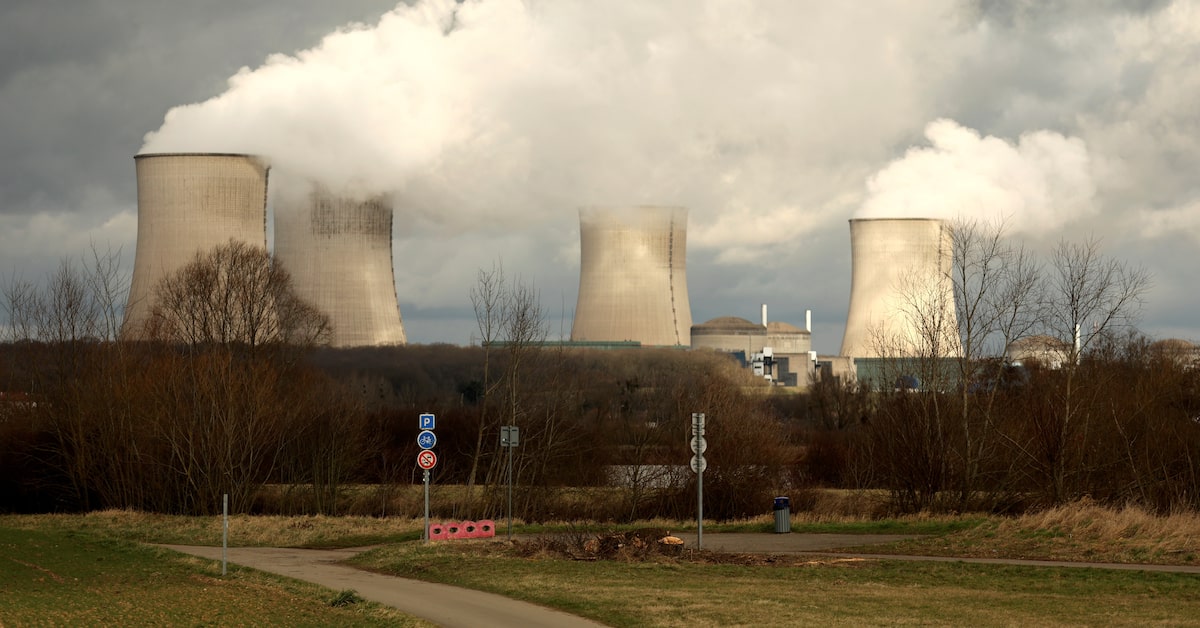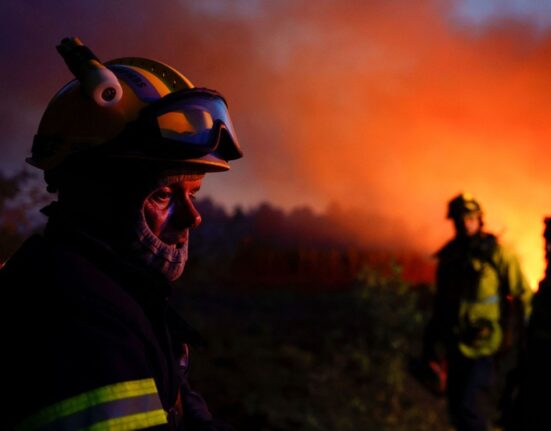Fourteen years after the Fukushima disaster, Japan finds itself at a crossroads in its energy strategy. The country is considering restarting its nuclear reactors, a move that could potentially bring radioactive waste storage to two remote fishing villages in Hokkaido. While some residents see this as an opportunity for economic growth, others are deeply concerned about the environmental consequences.
Takeshi Kuramochi, a climate policy researcher at the NewClimate Institute, describes the nuclear waste issue as a “showstopper” for Japan’s nuclear development plans. He highlights that failure to meet nuclear targets could lead to increased reliance on fossil fuels, hindering progress towards carbon neutrality by 2050.
The history of Japan’s nuclear power dates back to the 1960s when it became a significant source of energy for the nation. However, the devastating events of 2011 – the earthquake and tsunami that triggered the Fukushima nuclear disaster – changed everything. The aftermath saw mass evacuations and raised concerns about nuclear safety.
In response to Fukushima, Japan implemented stringent safety standards leading to most of its reactors being shut down. With limited nuclear power generation, Japan turned to gas and coal, impacting its efforts to reduce greenhouse gas emissions compared to other developed nations during that period.
Despite public skepticism following Fukushima, recent polls indicate growing support for nuclear energy in Japan. In line with this shift, the government announced plans to increase nuclear energy’s contribution from 8.5% to 20% by 2040 as part of its roadmap towards achieving net-zero emissions by 2050.
One major challenge impeding Japan’s ambitious goals is radioactive waste disposal. Jacopo Buongiorno from MIT explains that while storing waste securely underground is technically feasible, public opposition remains a significant obstacle globally. Currently stored in an interim facility in Aomori Prefecture with limited capacity and lifespan, finding a permanent disposal site is imperative.
To incentivize communities for hosting waste facilities on their land, Japan offers substantial financial rewards. Suttsu and Kamoenai emerged as potential sites due to their proximity to existing nuclear infrastructure and declining populations typical of rural areas in Japan.
Visiting these villages reveals starkly contrasting views among residents regarding hosting nuclear waste facilities. While some see economic benefits such as improved infrastructure funded by government subsidies, others fear long-term environmental impacts on their land and livelihoods.
Indigenous Ainu people residing in Hokkaido also voice concerns over potential storage sites on their ancestral land without adequate consultation or consent. Fumio Kimura emphasizes that any intrusion poses a threat not just environmentally but also infringes on Indigenous rights rooted in centuries-old connections with nature.
As debates rage on about the future of nuclear energy in Japan amidst environmental and social concerns surrounding radioactive waste storage locations like Suttsu and Kamoenai village – one thing remains clear: striking a delicate balance between meeting energy demands sustainably while respecting local communities’ wishes will be crucial moving forward.









Leave feedback about this